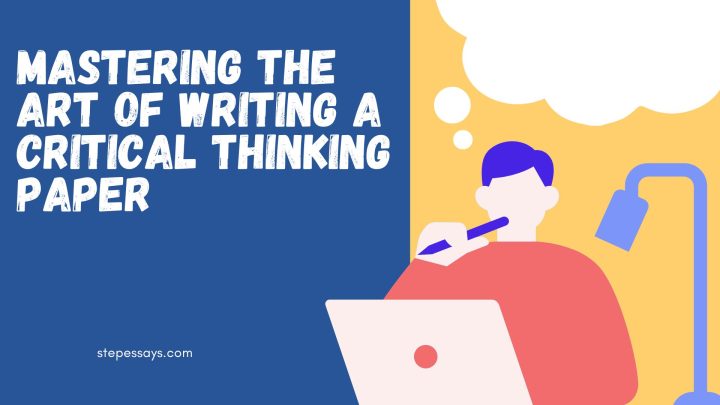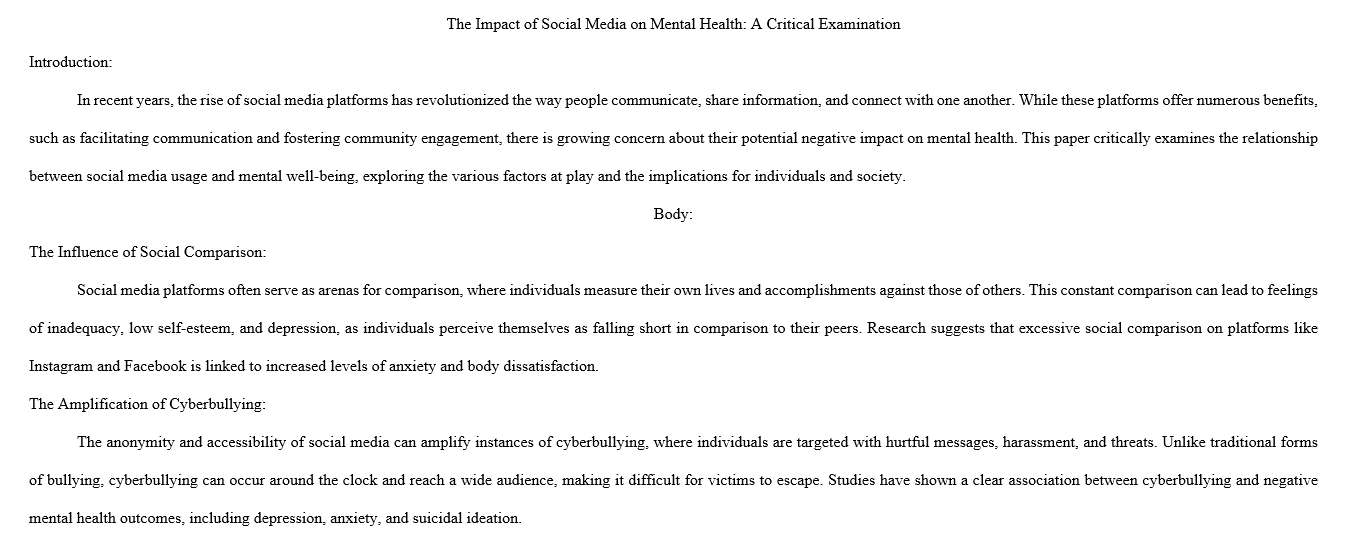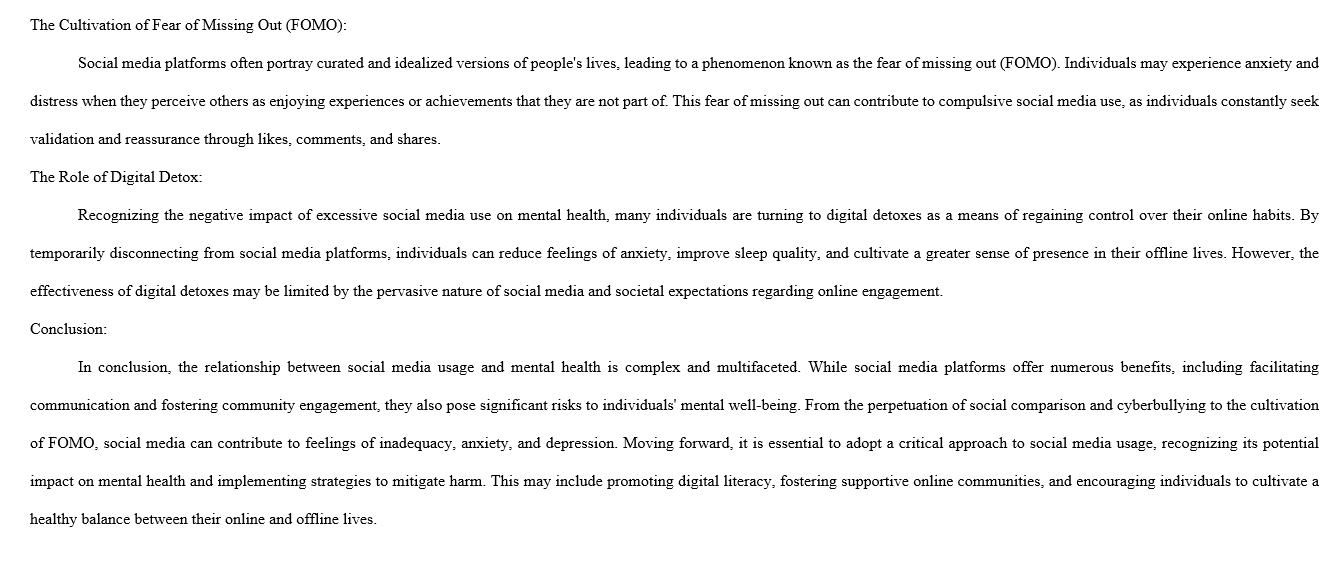Abstract:
In an era of information overload, where opinions flood every avenue of communication, the ability to think critically has become paramount. A critical thinking paper is not basically a summation of facts, but a thoughtful analysis that looks into the deeper layers of an issue, questioning assumptions, evaluating evidence, and presenting coherent arguments. This comprehensive guide aims to equip you with the tools and strategies necessary to craft an exemplary critical thinking paper. From understanding the fundamentals of critical thinking to structuring your arguments effectively, this guide will navigate you through every step of the process, empowering you to become a proficient critical thinker and writer.
Introduction:
In an age where information proliferates at an unprecedented pace, the ability to sift through the abundance of data, discern truth from falsehood, and form well-reasoned judgments is indispensable. This is where critical thinking comes into play. Critical thinking is more than just a cognitive skill; it is a mindset characterized by intellectual curiosity, skepticism, and analytical rigor. It empowers individuals to question assumptions, challenge conventional wisdom, and arrive at informed conclusions.
One of the quintessential ways to hone your critical thinking skills is through writing. A critical thinking paper provides you with the opportunity to look into complex issues, evaluate evidence, and construct persuasive arguments. However, mastering the art of writing a critical thinking paper requires more than just stringing together a series of arguments; it necessitates a systematic approach that integrates rigorous analysis with effective communication.
This guide aims to demystify the process of writing a critical thinking paper by providing you with a comprehensive roadmap from inception to completion. Whether you’re a seasoned scholar or a novice writer, the principles outlined in this guide will enable you to navigate the components of critical thinking and produce papers that are intellectually compelling and academically rigorous.

Critical thinking
Preparing for Writing:
Before embarking on the writing process, it is essential to lay a solid foundation by carefully selecting a topic, conducting thorough research, and evaluating the credibility of your sources.
-
Choosing a Topic:
The first step in crafting a critical thinking paper is selecting a topic that is both intellectually stimulating and sufficiently nuanced to warrant critical analysis. When choosing a topic, consider issues that are controversial, multifaceted, or have practical implications. Additionally, ensure that the topic aligns with your interests and expertise, as genuine curiosity and passion will fuel your engagement with the subject matter.
Once you have identified a topic, conduct extensive research to familiarize yourself with the relevant literature, theories, and empirical evidence. Utilize a variety of sources, including academic journals, books, reputable websites, and primary documents, to gain a comprehensive understanding of the topic from multiple perspectives. As you immerse yourself in the literature, take note of key arguments, conflicting viewpoints, and gaps in knowledge that warrant further exploration.
-
Gathering and Evaluating Sources:
While conducting research, pay close attention to the credibility and reliability of your sources. Evaluate the expertise of the authors, the rigor of their research methods, and the currency of the information presented. Be discerning in your selection of sources, prioritizing peer-reviewed articles and scholarly publications over anecdotal evidence or unsubstantiated claims. By critically evaluating your sources, you can ensure the integrity and validity of your arguments, strengthening the overall credibility of your paper.
Understanding Critical Thinking Principles:
Critical thinking is a multifaceted cognitive process that involves analyzing, synthesizing, and evaluating information to form well-reasoned judgments and make informed decisions. To write a successful critical thinking paper, it is essential to understand the fundamental principles that underpin this process.
Clarifying Concepts:
Recognizing Assumptions:
Moreover, recognizing assumptions enables individuals to challenge entrenched beliefs and consider alternative viewpoints, fostering intellectual humility and openness to diverse perspectives. Whether analyzing political rhetoric, evaluating scientific claims, or deliberating ethical dilemmas, the ability to recognize assumptions empowers individuals to engage in more nuanced and discerning forms of reasoning, ultimately leading to more informed and defensible conclusions.
Analyzing Arguments:
Analyzing arguments is a cornerstone principle of critical thinking, serving as a systematic approach to evaluating the validity and cogency of claims and reasoning. This principle emphasizes the importance of deconstructing arguments into their constituent parts, examining the logical structure, evidence, and underlying assumptions. By subjecting arguments to rigorous analysis, critical thinkers can discern between sound, well-reasoned arguments and those that are flawed or fallacious.
Moreover, analyzing arguments enables individuals to identify strengths and weaknesses, inconsistencies, and logical gaps, fostering a deeper understanding of complex issues and facilitating informed decision-making. Whether dissecting political speeches, academic essays, or scientific hypotheses, the ability to analyze arguments equips individuals with the tools to navigate the complexities of discourse with clarity, precision, and intellectual rigor.
Evaluating Evidence:
Developing a Thesis Statement:
The thesis statement serves as the focal point of your critical thinking paper, articulating the central argument or claim that you will defend throughout the paper. A well-crafted thesis statement should be concise, specific, and debatable, providing a roadmap for the reader to navigate the subsequent analysis. When formulating your thesis statement, consider the following guidelines:
- Be Clear and Precise: Clearly state the main argument or position that you will be defending in your paper. Avoid vague or ambiguous language that may obscure your central point.
- Be Specific: Make sure your thesis statement addresses a specific aspect or dimension of the topic rather than attempting to cover too broad a scope. Specificity will enable you to focus your analysis and provide greater depth of insight.
- Be Debatable: A strong thesis statement should provoke thought and invite debate by presenting a claim that is open to interpretation or disagreement. Avoid stating self-evident truths or universally accepted facts, as these do not lend themselves to critical analysis or argumentation.
- Provide a Roadmap: In addition to stating your main argument, briefly outline the key points or arguments that you will be addressing in support of your thesis. This will give the reader a preview of the structure and organization of your paper.
People Also Read:
Crafting Critical Thinking: Tips for Writing a Thoughtful essay paper
Crafting a Compelling Conclusion for Your Critical Thinking Paper
Crafting a Comprehensive Introduction for a Critical Thinking Paper
Structuring Your Paper:

Critical thinking
A well-structured paper provides a framework for presenting your arguments in a logical and coherent manner, guiding the reader through the complexities of your analysis. While there is no one-size-fits-all template for structuring a critical thinking paper, the following elements are commonly included:
- Introduction:
The introduction serves as the opening salvo of your paper, setting the stage for the subsequent analysis and engaging the reader’s interest. In addition to providing background information on the topic, the introduction should conclude in a clear and concise thesis statement that encapsulates the main argument of your paper. To captivate the reader’s attention, consider using a compelling anecdote, provocative question, or relevant quotation as a hook.
- Body Paragraphs:
The body of your paper is where you develop and substantiate your arguments, presenting evidence, analysis, and counterarguments in support of your thesis. Each body paragraph should focus on a single main point or argument, supported by relevant evidence and analysis. Begin each paragraph with a topic sentence that introduces the main idea, followed by supporting evidence and analysis to reinforce your argument. To enhance clarity and coherence, use transition words and phrases to guide the reader from one point to the next.
- Conclusion:
The conclusion provides a summary of your key findings and insights, reaffirming the significance of your thesis and offering closure to your argument. Avoid introducing new information or arguments in the conclusion; instead, focus on synthesizing the main points of your paper and reflecting on their broader implications. End with a thought-provoking statement or call to action that encourages further reflection or inquiry.
Writing the Introduction:
The introduction serves as the gateway to your critical thinking paper, establishing the context, relevance, and significance of the topic while also presenting your thesis statement. To effectively engage the reader and set the tone for your paper, consider the following strategies:
- Hooking the Reader:
Capture the reader’s attention from the outset by opening with a compelling hook—a vivid anecdote, startling statistic, or thought-provoking question that stimulates curiosity and arouses interest in the topic. By drawing the reader into the narrative, you lay the groundwork for a compelling and engaging discussion.
- Providing Background Information:
After hooking the reader’s attention, provide contextual background information on the topic to orient them to the subject matter. Briefly outline the historical, social, or theoretical context in which the issue is situated, highlighting key concepts or debates that will be addressed in your paper. This will provide the reader with the necessary context to understand the significance of your analysis.
- Presenting the Thesis Statement:
Conclude the introduction with a clear and concise thesis statement that encapsulates the main argument or claim of your paper. The thesis statement should articulate your position on the topic and outline the key points or arguments that you will be addressing in the subsequent analysis. By presenting a well-defined thesis statement, you provide a roadmap for the reader to navigate the complexities of your argument.
Crafting Effective Body Paragraphs:
The body paragraphs of your critical thinking paper serve as the substantive core of your analysis, where you present and defend your arguments using evidence, analysis, and reasoning. To construct effective body paragraphs, consider the following guidelines:
- Topic Sentences:
Begin each body paragraph with a topic sentence that succinctly summarizes the main idea or argument you will be presenting. The topic sentence serves as a roadmap for the paragraph, guiding the reader’s understanding of the subsequent discussion.
- Providing Evidence:
Support your arguments with relevant evidence, such as empirical data, expert testimony, or textual examples, to bolster the credibility and persuasiveness of your claims. Ensure that the evidence is accurate, reliable, and directly pertinent to the point you are trying to make.
- Analyzing Evidence:
After presenting the evidence, analyze and interpret its significance in relation to your argument. Explain how the evidence supports or refutes your thesis, drawing connections between the data and your overarching claims. Avoid basic summarizing the evidence; instead, critically evaluate its implications and relevance to the broader discussion.
- Addressing Counterarguments:
Anticipate and address potential counterarguments or opposing viewpoints that may challenge your thesis. Acknowledge alternative perspectives, but also demonstrate why your position is more cogent or persuasive based on the evidence and reasoning presented. By engaging with counterarguments, you demonstrate intellectual rigor and strengthen the overall credibility of your argument.
Constructing a Compelling Conclusion:
The conclusion serves as the final impression of your critical thinking paper, synthesizing the main points of your analysis and offering insights or recommendations for further inquiry. To craft a compelling conclusion, consider the following strategies:
- Summarizing Key Points:
Begin the conclusion by summarizing the key findings and insights of your paper, highlighting the main arguments and evidence that support your thesis. Avoid introducing new information or arguments in the conclusion; instead, focus on synthesizing the existing content and reinforcing its significance.
- Restating the Thesis:
Reaffirm the central thesis of your paper, restating it in slightly different terms to underscore its importance and relevance. By reiterating your thesis, you remind the reader of the overarching argument that you have been advocating throughout the paper, providing a sense of closure and resolution to your analysis.
- Providing Insights or Recommendations:
Conclude the paper by offering insights or recommendations based on the findings of your analysis. Reflect on the broader implications of your research, considering how it contributes to our understanding of the topic or informs future inquiry. Additionally, suggest avenues for further research or areas of investigation that warrant additional attention, demonstrating your engagement with the ongoing discourse.
Refining Your Writing:
Once you have completed the initial draft of your critical thinking paper, it is essential to refine and polish your writing to ensure clarity, coherence, and persuasiveness. Consider the following strategies for enhancing the quality of your paper:
- Editing for Clarity and Coherence:
Review your paper for clarity and coherence, paying attention to the organization, flow, and structure of your arguments. Ensure that each paragraph follows logically from the preceding one, with clear transitions that guide the reader through the analysis. Additionally, eliminate any extraneous or repetitive information that detracts from the overall clarity of your writing.
- Checking for Logical Fallacies:
Scrutinize your arguments for logical fallacies or flaws in reasoning that undermine the validity of your analysis. Common fallacies to watch out for include ad hominem attacks, straw man arguments, and appeals to emotion or authority. By rooting out fallacious reasoning, you strengthen the cogency and persuasiveness of your arguments.
- Ensuring Proper Citation and Referencing:
Acknowledge and attribute the sources of your information and evidence through proper citation and referencing. Follow the guidelines of your chosen citation style (e.g., APA, MLA, Chicago) consistently and accurately, ensuring that all borrowed material is appropriately credited. Failure to cite sources can constitute plagiarism, undermining the integrity and credibility of your paper.
Examples and Case Studies:
To illustrate the principles and techniques discussed in this guide, consider the following examples and case studies of exemplary critical thinking papers:
- Sample Critical Thinking Paper:
Title: The Ethics of Artificial Intelligence: Balancing Innovation and Accountability Abstract: This paper examines the ethical implications of artificial intelligence (AI) technologies, exploring the tensions between innovation and accountability in the development and deployment of AI systems. Drawing on a multidisciplinary framework that integrates philosophical, legal, and technological perspectives, the paper critically evaluates the ethical challenges posed by AI, such as algorithmic bias, privacy concerns, and autonomous decision-making. Through a systematic analysis of relevant literature and case studies, the paper elucidates the complex ethical dilemmas inherent in AI governance and proposes strategies for fostering responsible AI innovation while safeguarding individual rights and societal values. By engaging with diverse viewpoints and synthesizing empirical evidence, the paper offers insights into the ethical considerations that must be addressed to ensure the responsible development and deployment of AI technologies.



